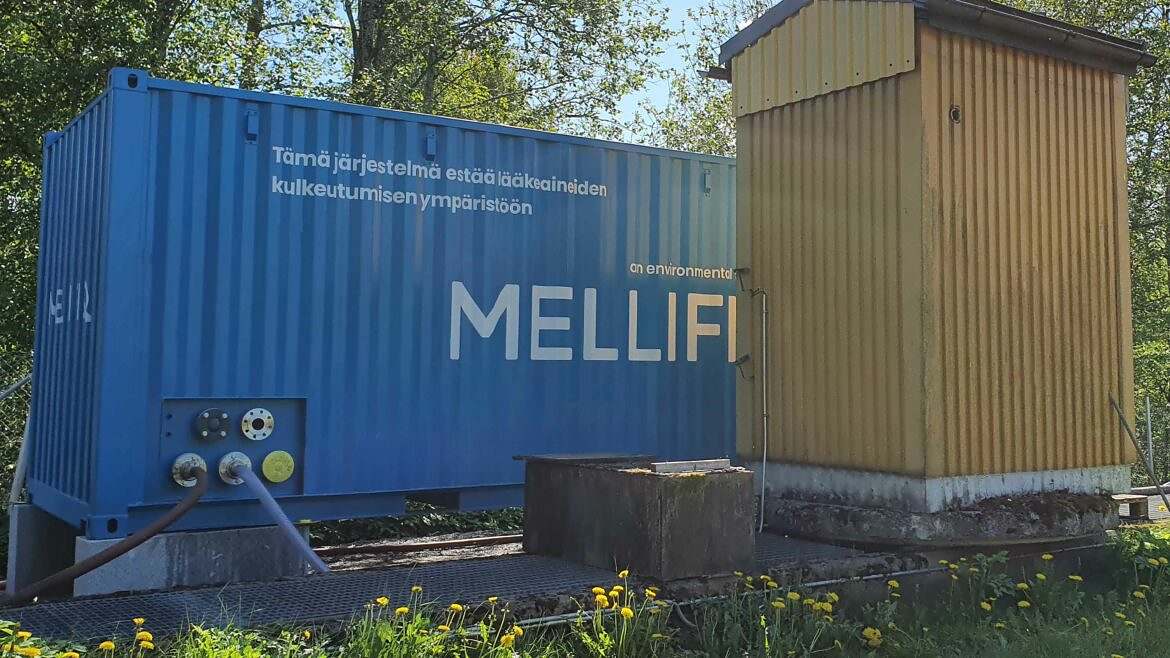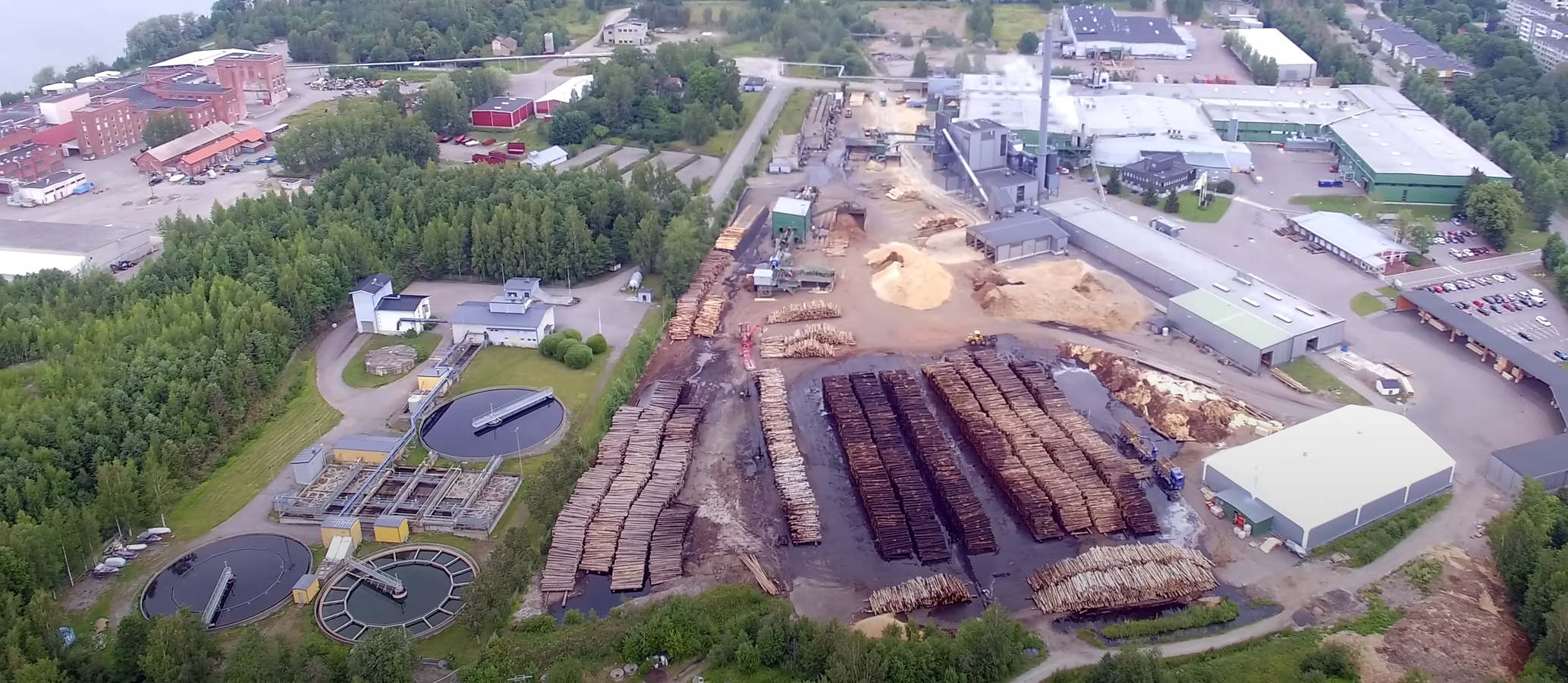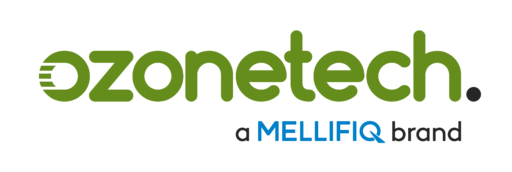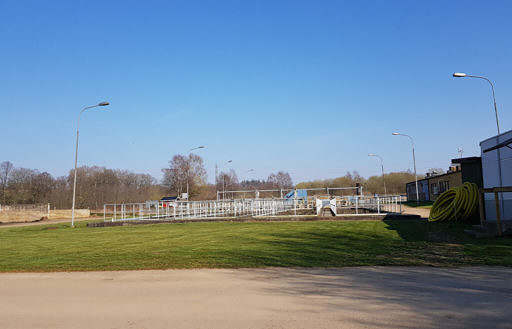
Mellifiq supplies Finland’s first municipal micropollutant removal process
Introduction.
Lohja is a picturesque lakeside city located an hour’s drive northwest of Finland’s capital, Helsinki. It is known as an ideal place for building holiday residential homes in the middle of nature, being one of the municipalities in Finland with most such residences. The 47,500 inhabitants of Lohja are relying on the Pitkäniemi wastewater treatment plant for sewage treatment. The plant, located in the outskirts of the city is currently processing an average flow of 300 m³/h.
The problem.
The municipality is part of a national initiative for cleaner water that, for the first time in Finland, is committedto investing in technology for the removal of active pharmaceutical ingredients (API) from wastewater. Both the Lohja municipality and the central government are now working to address the challenges posed by micropollutants and pharmaceutical residues. Their challenge is adapting to the newest European standards for water treatment, aiming to be technologically prepared when new regulations should be enforced. To implement such extensive changes in the treatment framework, it is essential to improve current knowledge about treatment technologies, and the effects of current wastewater treatment procedures.
It was established from an extensive pre-study conducted by Mellifiq that Pitkäniemi wastewater treatment plant emits substantial levels of APIs annually; up to 100 kg of active substances pass through the primary and secondary treatment steps, with potential long-term effects on Lojosjo lake and downstream recipients.
The solution.
In preparation for full-scale implementation, Mellifiq delivered a complete pilot system with an O-GAC™ process, including ozonation and adsorption using select high-grade granular activated carbon. The system was installed as an extension from the secondary sludge settling tanks, continuously receiving final plant effluent. The combination of ozonation and filter polishing was designed and integrated as a complete turn-key delivery with commissioning services.

Evaluation.
The performance of the system was extensively evaluated based on a recurring sampling plan, conducted by Mellifiq OY engineers and field technicians, evaluating more than 90 active substances. The average total removal rate was confirmed at more than 95%, compared to the European guidelines of 80%. It was also confirmed that the adsorption bed lifetime can be extended by 15% using upstream ozonation by removing the majority of the feed water API levels.





